Forming a link between industrial heritage and contemporary creation, the Cité du design is at the heart of Saint-Étienne’s DNA. A place that involves a wide variety of actors, it is currently in the midst of a major transformation at the instigation of Saint-Étienne Métropole, which will see it become France’s first design quarter in the heart of the country’s only UNESCO Creative Design City.
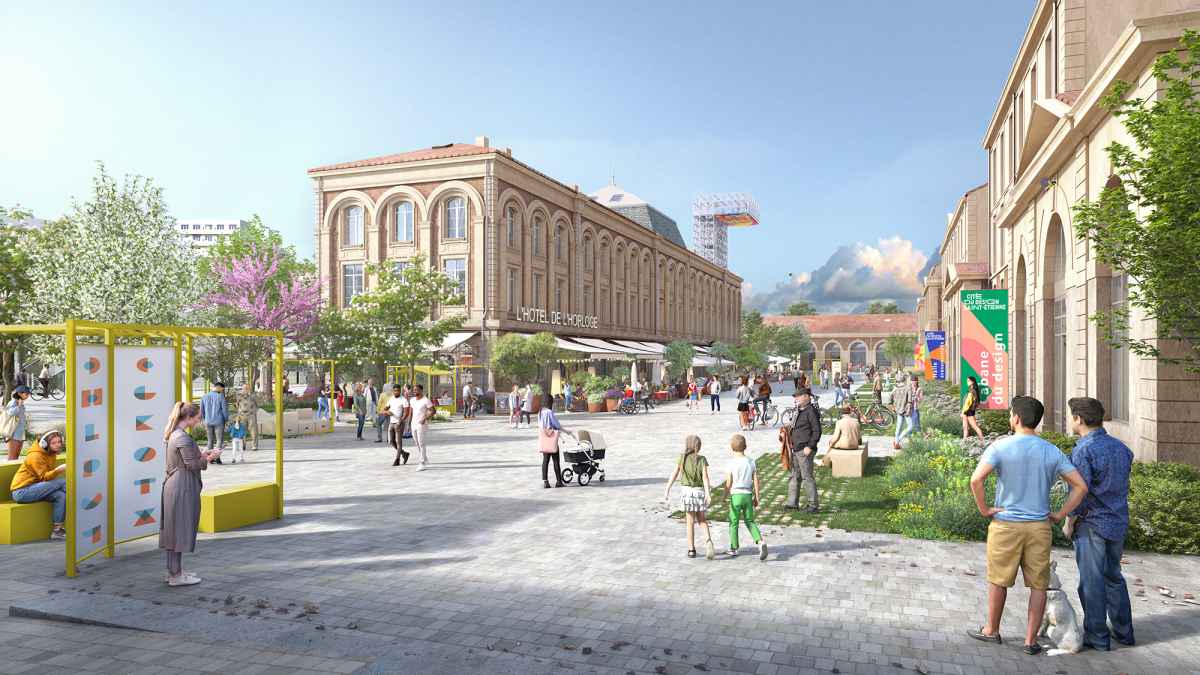
This project will turn the quarter into a sustainable, lively, accessible space where culture, innovation, education and business all come together and design stimulates creativity on every street corner.
An expanding offer
More open to the city, greener and more convivial, the Cité du design will also have a strong tourist and cultural appeal. A rich programme of events, hotels and restaurants and art and design installations in the public space will prolong the spirit of the Biennale Internationale Design Saint-Étienne for visitors throughout the year. In addition to La Cabane, the quarter’s cultural offering will be centred on several complementary venues and events, either existing (La Platine, Biennale Internationale Design Saint-Étienne) or forthcoming (Galerie Nationale du Design).

A new visual identity
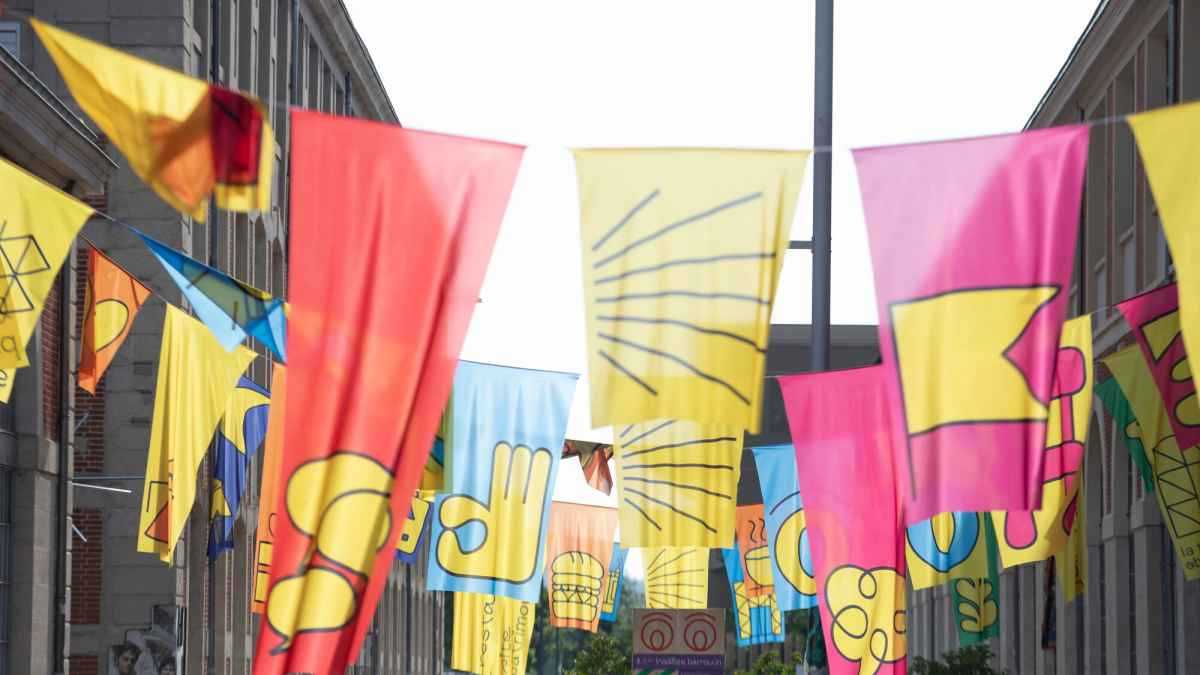
Designed by studio vu-huu, the Cité du design quarter’s new graphic
identity is inspired by the practice of design where everything starts
with a thought, which is then translated into a freehand sketch before
finally becoming a reality.
The typeface – BVH Stef – thus created expresses the aesthetics of the line, the spontaneity and dynamics of the hand movement. Each letter has several variations suggesting handwriting so that it can express different personal writing styles. This playful toolbox is accompanied by a library of pictograms that share the same features. It illustrates the quarter’s creativity and diversity.

The Galerie Nationale du Design
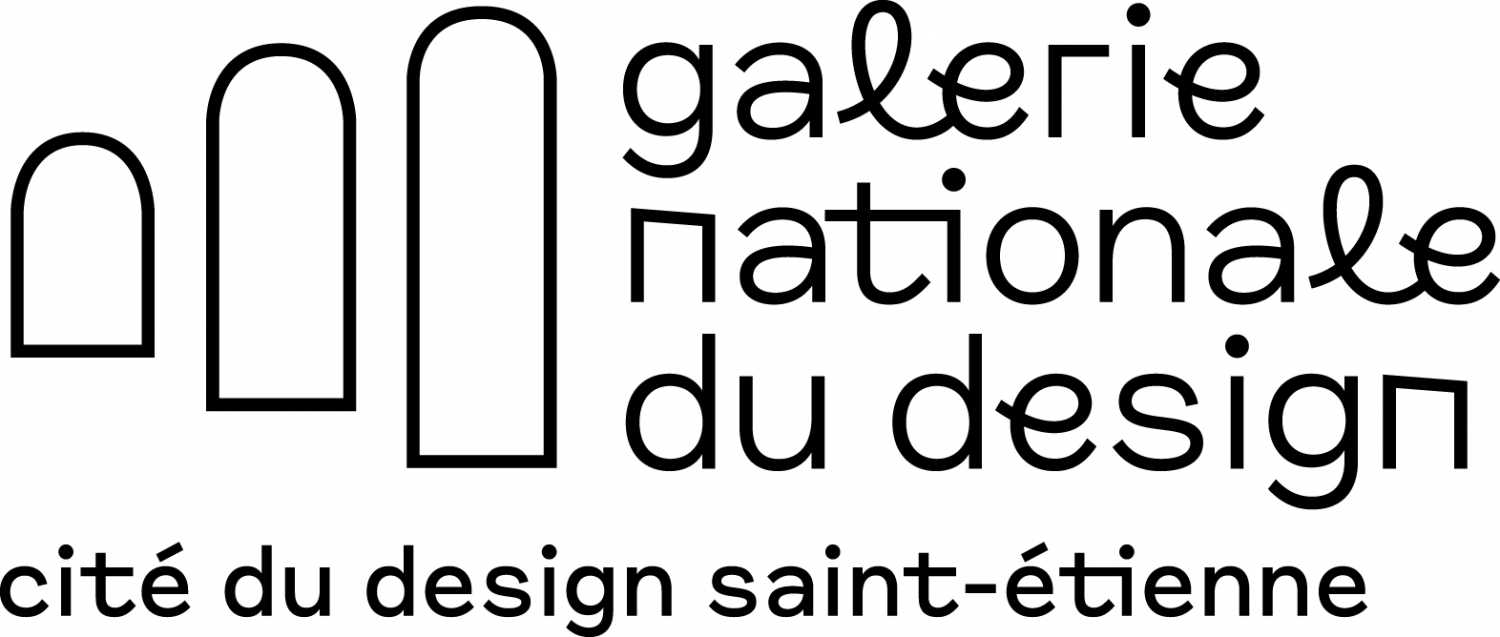
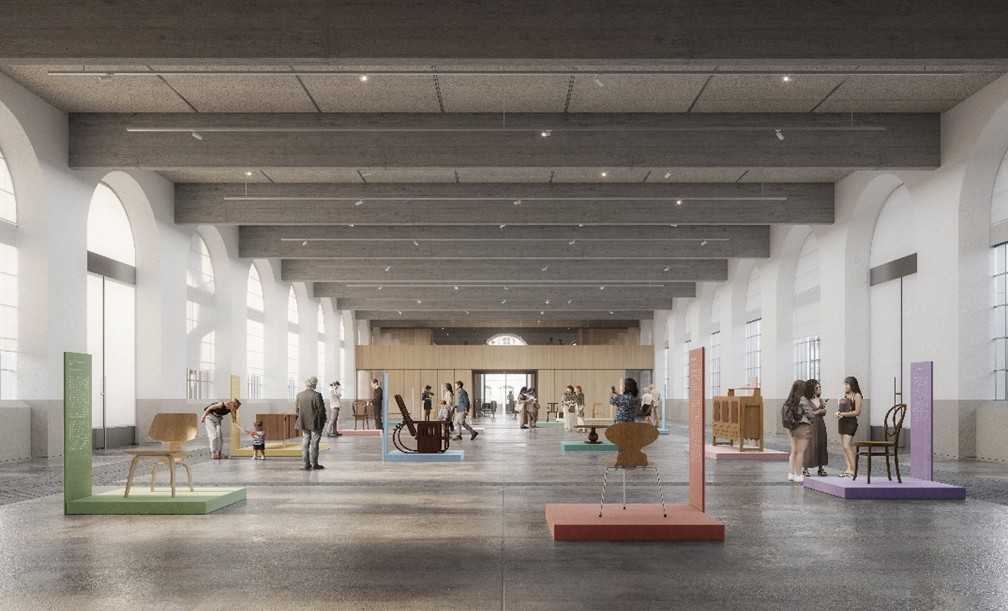
Merging the great national design collections and bringing them to the widest possible audience: that is the mission of the Galerie Nationale du Design, which will be opening in Saint-Étienne in 2026.
A joint initiative of the EPCC Cité du design – Ésad Saint-Étienne and the Musée d’Art Moderne et Contemporain de Saint-Étienne Métropole (MAMC+), this project is being developed in partnership with some major cultural institutions: Centre National des Arts Plastiques, Musée National d’Art Moderne – Centre Pompidou, Musée des Arts Décoratifs et du Design de Bordeaux, Frac Grand Large-Hauts-de-France and MAMC+. Other national design collections will also contribute to different exhibitions, for example the Musée des Arts Décoratifs, the Mobilier National and the Musée de la Ville de Saint-Quentin-en-Yvelines will be partnering the first exhibition.
The scientific management of Galerie has been entrusted to the MAMC+. Guest curators will take turns to put together annual exhibitions that will tell the story of and question design in all its multiple facets by drawing on the partner collections. The first three exhibitions will be curated by Laurence Mauderli (2026), Chantal Prod’Hom (2027) and Marie Pok (2028).
The Creative District
Saint-Étienne Métropole’s plan to transform the Cité du design places it
at the heart of a more extensive Creative District, a centre of life,
creativity and innovation.
The Creative District is home to a rich ecosystem encompassing art and
culture, business and technology.
The Cité du design will also play a
dynamic role in this district, which already hosts events with an
international reach and boasts top-level facilities such as Le Zénith,
La Comédie-Centre dramatique national and Le Fil- Scène de Musiques
Actuelles.
A significant centre for education and research, with Ésad Saint-Étienne and the Manufacture Campus of Jean Monnet University and their 2,500 students and 300 researchers, is being developed in the Creative District alongside a centre for technological innovation and the creative industries.
The synergies between institutional, economic, academic and cultural actors in the Creative District are structuring a rich and dynamic ecosystem. These collective efforts enabled Saint-Étienne to become one of the 25 sites chosen (out of 138 candidates) for the first phase of a national scheme entitled "Pôles territoriaux des industries culturelles et créatives", backed by France 2030.
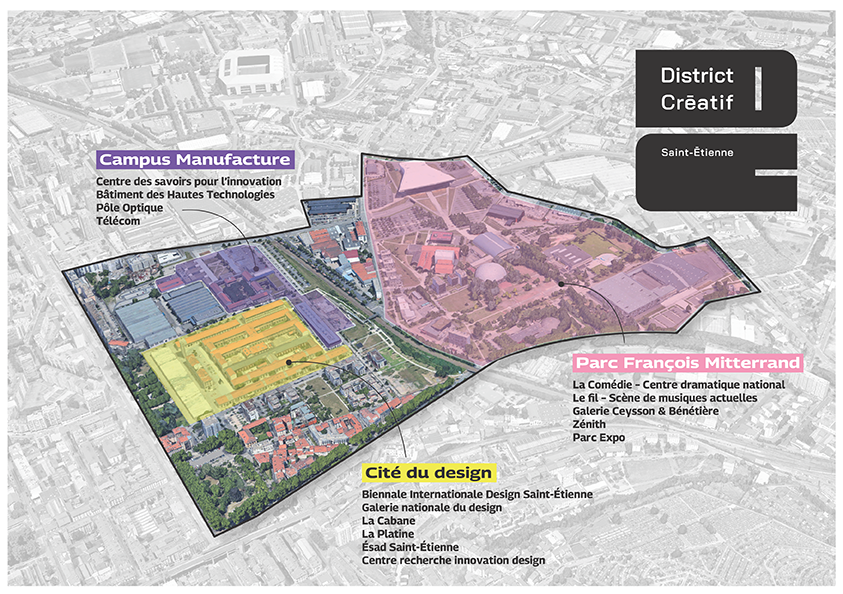
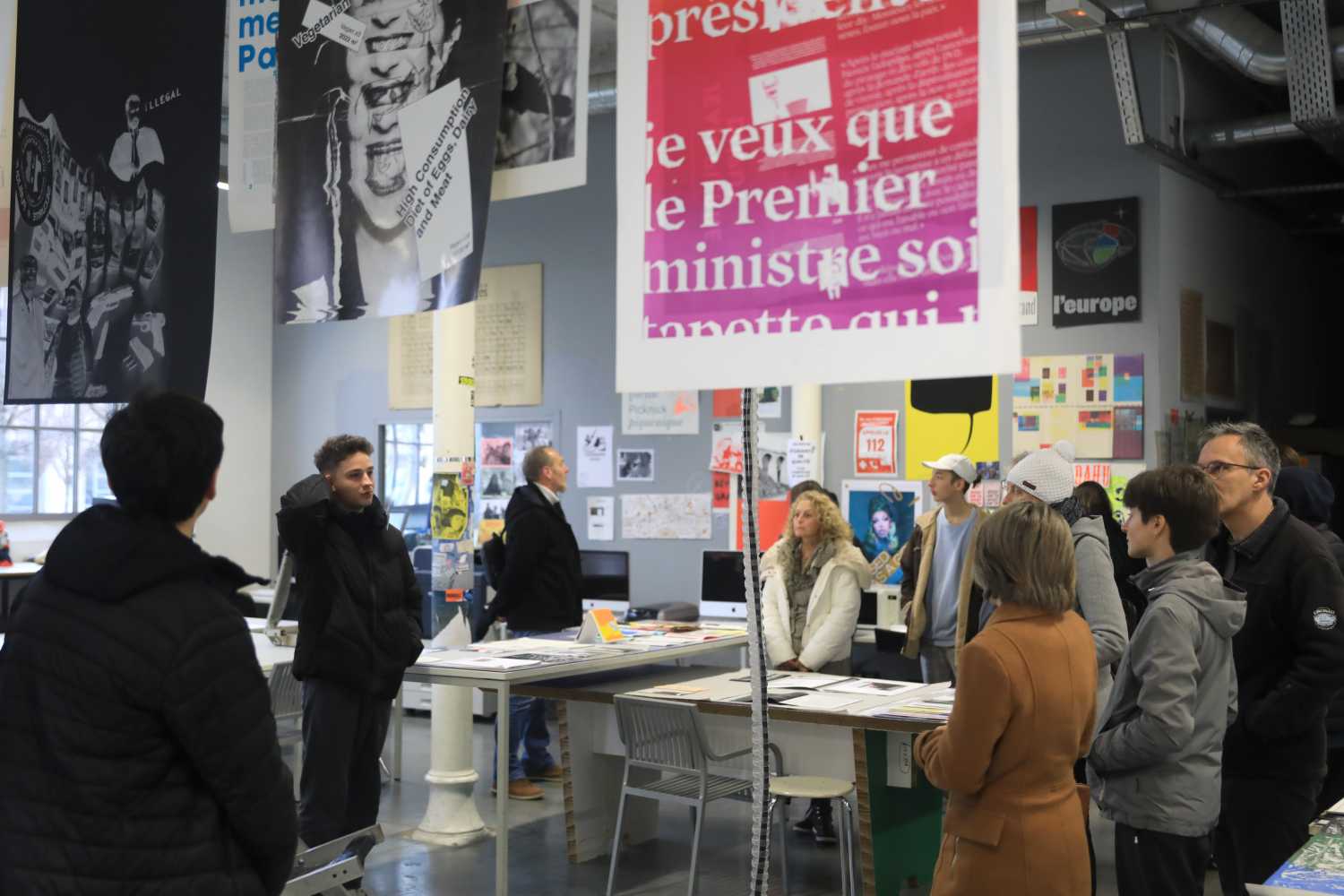
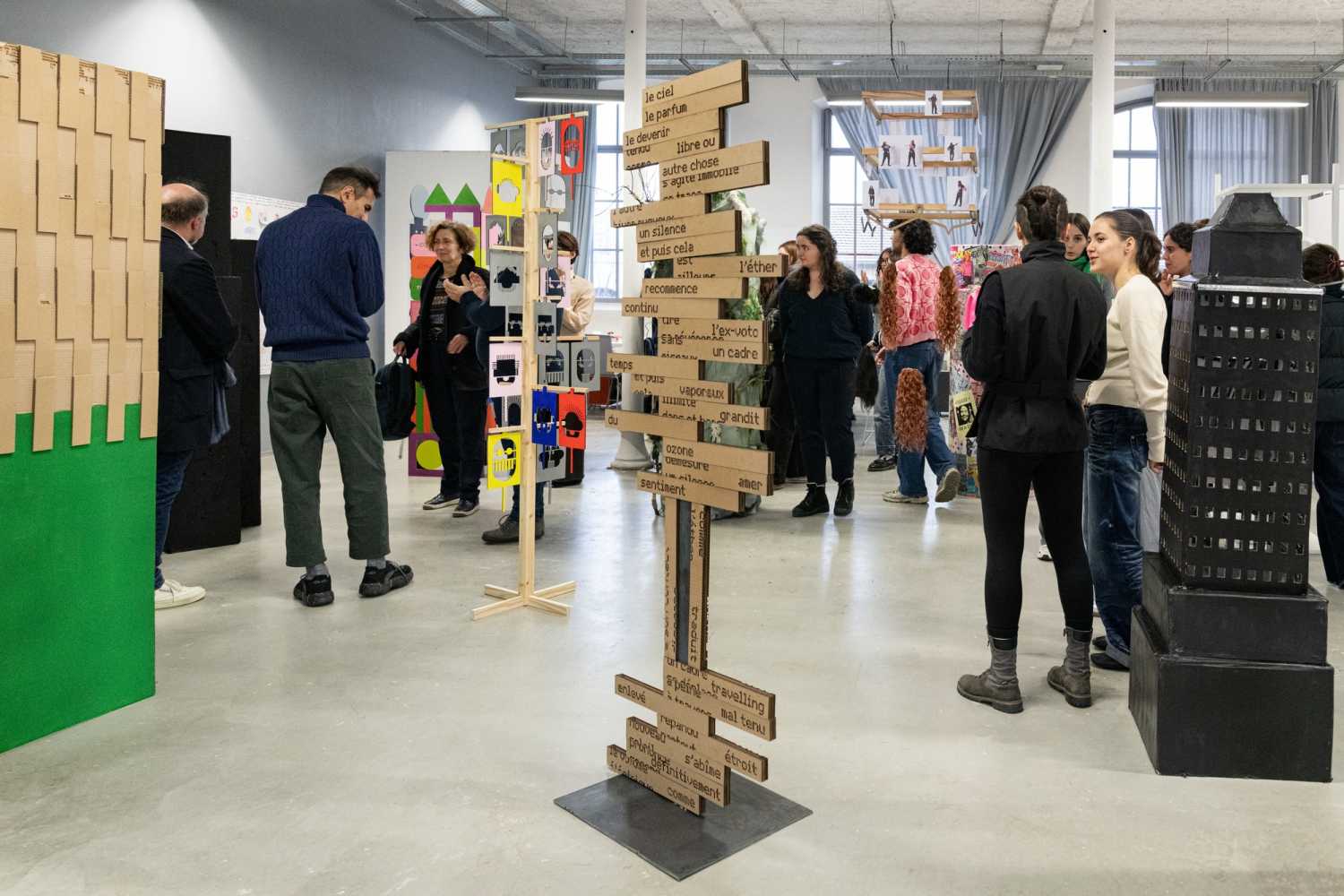

Détournement et économie des ressources : la création numérique comme manière de jouer avec les contraintes

Votre navigateur est obsolète, l’affichage des contenus n’est pas garanti.
Veuillez effectuer une mise à jour.